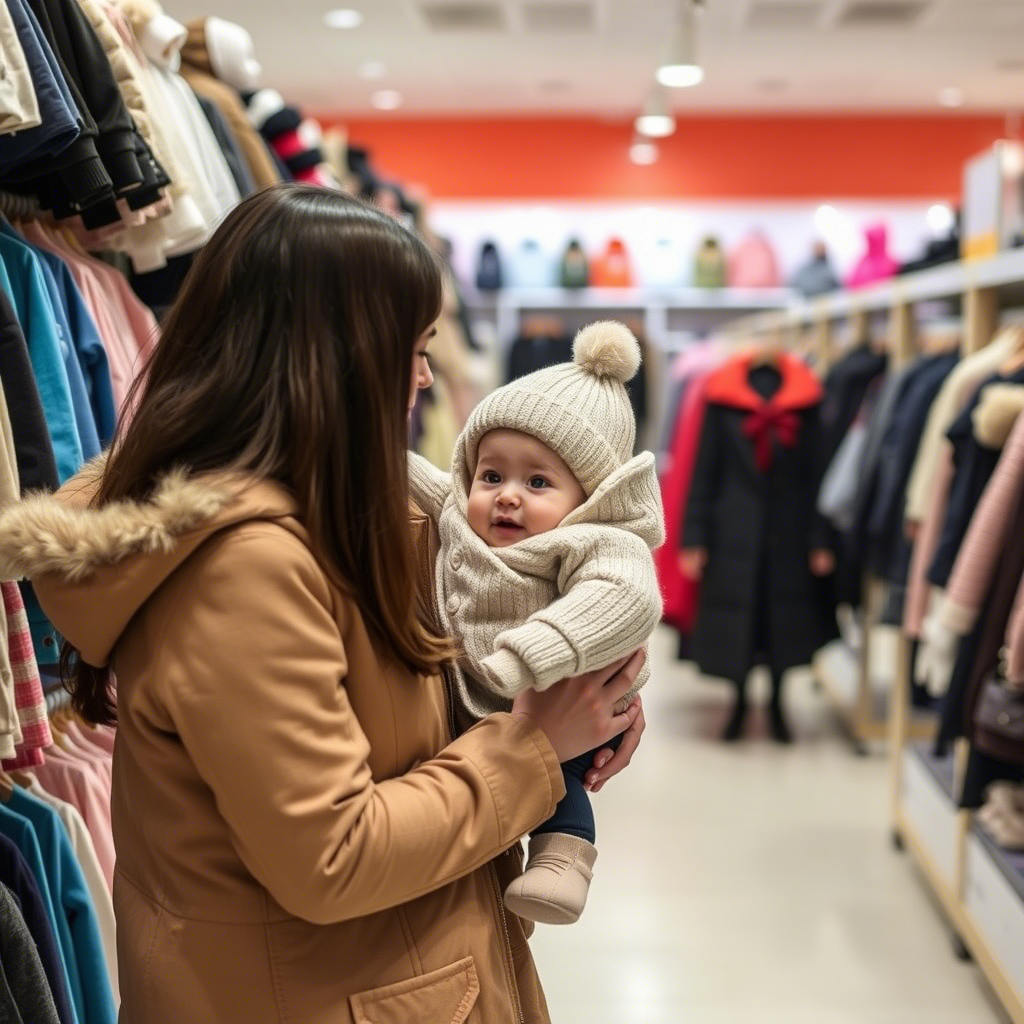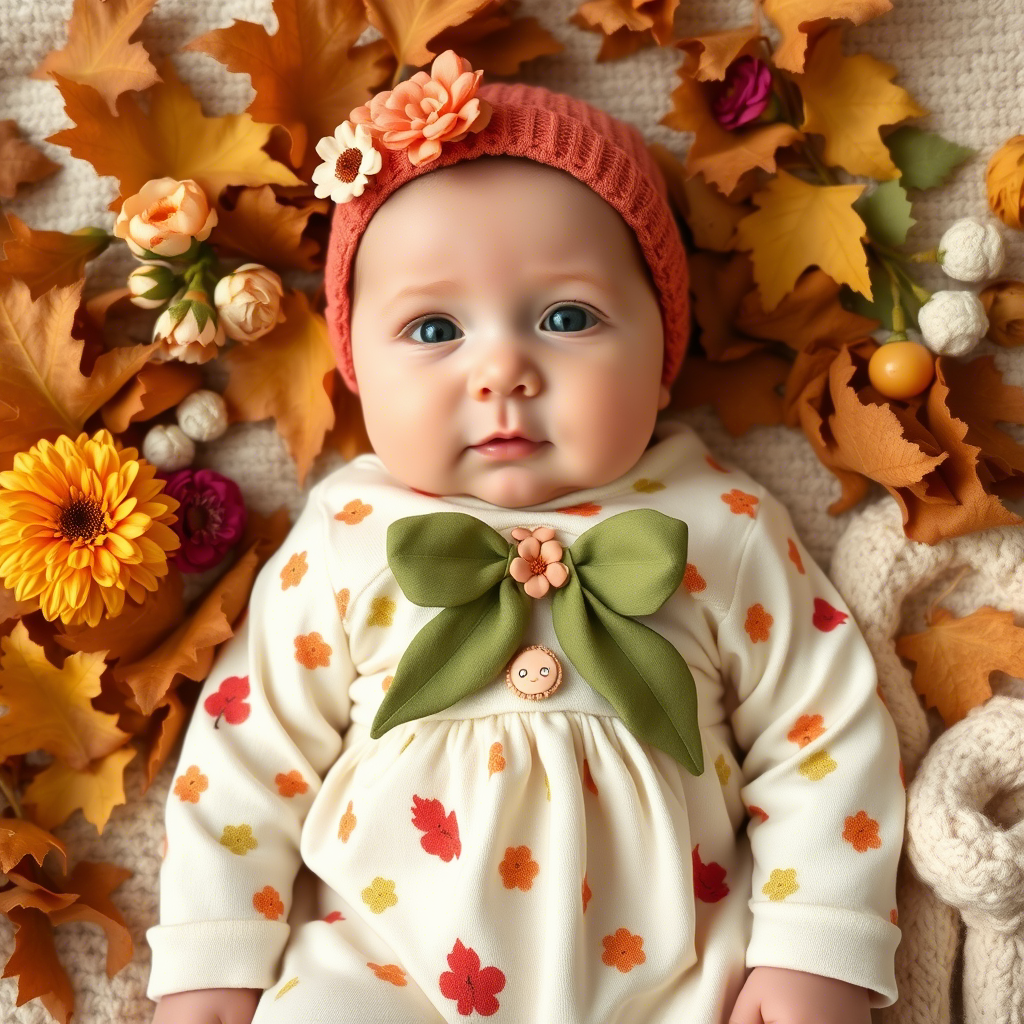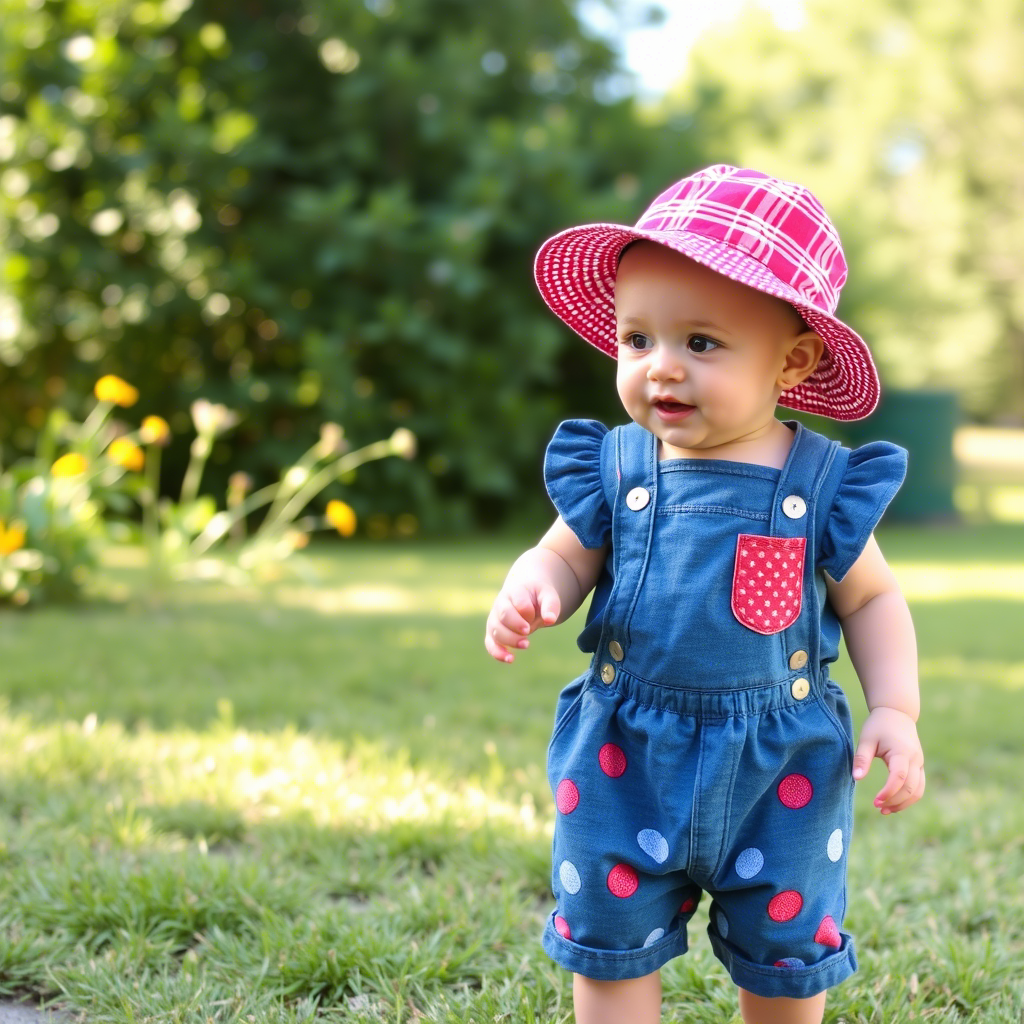How To Choose The Best Baby Clothes For Different Seasons
Choosing the right clothes for your baby can be a daunting task, especially with the changing seasons. As a parent, you want to ensure your baby is comfortable and protected from the elements. The right clothing can make a significant difference in your baby’s overall health and happiness. In this article, we will explore the key considerations for selecting the best baby clothes for different seasons, providing you with practical advice and expert insights to make informed decisions.
Understanding Seasonal Needs
Temperature Regulation
Babies have a harder time regulating their body temperature than adults, making it crucial to dress them appropriately for the season. In colder months, babies lose heat quickly, while in warmer months, they can easily overheat.
- In winter, dress your baby in layers to maintain warmth. A good rule of thumb is to dress your baby in one more layer than you are wearing.
- In summer, opt for lightweight, breathable fabrics that allow for airflow and help keep your baby cool.
- Consider the activity level of your baby; for example, a baby who is more active may require lighter clothing.
Fabric Choices
The type of fabric used in baby clothes can significantly impact their comfort and health.
- Natural fibers like cotton and linen are excellent choices for baby clothes as they are breathable and gentle on the skin.
- Synthetic fibers can be less breathable and may irritate your baby’s skin, so it’s best to limit their use.
- For colder weather, consider clothing made from materials that provide insulation without being too heavy, such as fleece.
Dressing for Winter
Keeping Warm and Cozy
Winter clothing for babies should prioritize warmth without compromising on comfort or safety.

- Look for clothing with a good insulation property, such as down-filled jackets or fleeces. You can find a variety of boys’ coats that are both warm and stylish.
- Ensure that the clothing is not too tight, as this can restrict movement and cause discomfort.
- Accessories like hats, gloves, and scarves are essential for preventing heat loss.
Safety Considerations
While keeping your baby warm is crucial, safety should not be compromised.
- Avoid clothing with loose parts that can be a choking hazard, such as loose buttons or pom-poms.
- Ensure that the clothing does not have any small parts that can be easily detached.
Spring and Autumn Essentials
Layering for Mild Weather
Both spring and autumn offer mild temperatures, making them ideal for layering.

- Dress your baby in layers to adjust to changing temperatures throughout the day.
- Consider clothing made from versatile fabrics that can be layered, such as cotton or merino wool.
- For spring, you might want to incorporate lighter colors and fabrics, while autumn might call for slightly warmer and heavier clothing.
Preparing for Unpredictable Weather
Both seasons can be quite unpredictable, with sudden changes in weather.
- Always have a lightweight rain jacket or poncho on hand for unexpected rain showers.
- Be prepared to adjust your baby’s clothing according to the temperature fluctuations.
Summer Clothing
Staying Cool
Summer clothing should focus on keeping your baby cool and comfortable.

- Opt for lightweight, loose-fitting clothing that allows for good airflow.
- Choose clothing with a UPF rating to protect your baby’s skin from harmful UV rays.
- Consider clothing with a breathable mesh panel for added ventilation.
Sun Protection
Protecting your baby’s skin from the sun is crucial during the summer months.
- Dress your baby in clothing that covers their skin, such as long-sleeved shirts and pants.
- For more information on protective clothing and accessories, you can visit Lezon Kids, which offers a range of suitable products.
Special Considerations
Skin Sensitivity
Some babies have sensitive skin, which requires extra care when choosing clothing.
- Opt for clothing made from hypoallergenic materials to minimize the risk of skin irritation.
- Wash new clothing before wearing to remove any potential irritants.
Activity Level
The activity level of your baby can influence their clothing needs.
- For more active babies, choose clothing that allows for a full range of motion.
- Consider clothing with stretchy fabrics for added comfort.
Conclusion
Choosing the best baby clothes for different seasons involves considering several factors, including temperature regulation, fabric choices, and safety. By understanding the specific needs of your baby during each season and making informed choices, you can ensure their comfort and health. Whether you’re dressing your baby for the cold winter months or the warm summer days, the key is to prioritize their comfort and safety above all else. By following the guidelines outlined in this article, you’ll be well on your way to making the best choices for your baby’s wardrobe.

Comments